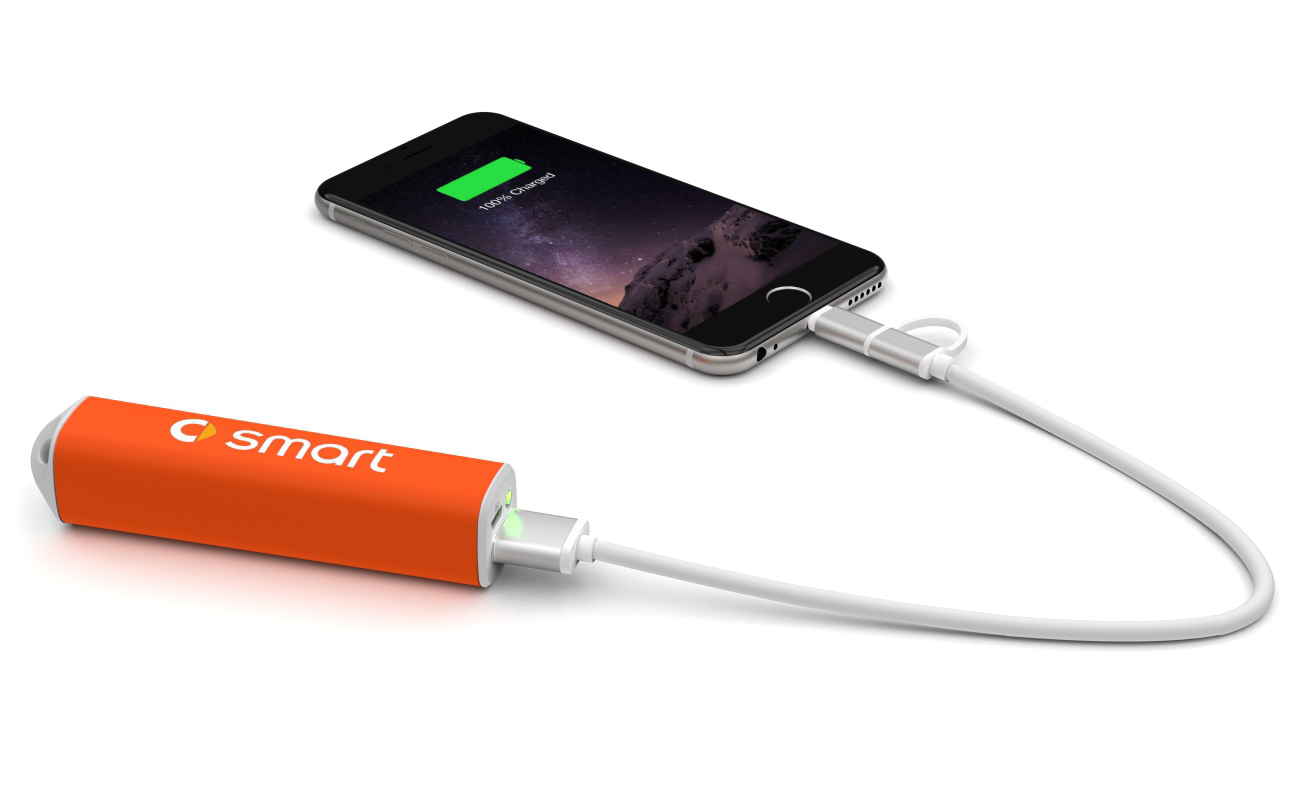Blog
Power Bank Charging
Here we explain the relationship between the stated capacity of a Power Bank in mAh and the number of times a user can charge their mobile or tablet device before a Power Bank recharge is required.
Power Bank Capacity
Power Banks have a capacity rated in mAh (milliampere hours). This is a measure of the charge stored within the Power Bank. The industry standard is that the total cumulative charge stored within the Power Bank cell(s) is stated as its capacity.
It is sometimes incorrectly assumed that all of the charge within a Power Bank can be transferred to the battery of the device it is charging, with no loses. The physical reality is that energy is lost at different stages as charge is transferred from the Power Bank cells to the recipient's device. This is the same with all Power Banks, regardless of the brand.
Where is the energy lost?
As charge moves from the Power Bank to the device (the connected phone for example) energy is lost at various stages on its journey:
1) The industry standard cell(s) used within the Power Bank commonly output 3.7 Volts. This voltage has to be boosted up to 5 Volts via the Power Bank's internal circuitry as this is the standard voltage of a USB interface. Energy losses during this boosting phase are around 10-15%.
2) As the energy leaves the Power Bank, it will encounter some electrical resistance within the cable. Cable quality and cable length are important factors. For example a cable of 1 meter in length made from low quality wire, can result in significant energy loss due to its high resistance value.
3) As the charge arrives at your device the voltage will again be changed, this time stepping down from 5V to around 4V to match the requirement of the device’s internal battery. This conversion leads to further energy losses.
4) The characteristics and behaviour of the circuitry in your connected device influence the amount of energy lost at this stage. If your device has a fast charge function, its likely energy transfer will be less efficient than a standard rate of charge as efficiency has been traded off for speed. Lower quality (often cheaper) devices tend to be less efficient overall at energy conversion, even at normal charging speeds.
5) Finally the quality and longevity of the battery within your device plays an important role in the amount of charge it can successfully capture. If for example your phone is 1-2 years old, it likely charges much less efficiently than a new phone whose battery has not endured as many charge cycles. Effectively, each charge cycle makes the process of charging on the next cycle fractionally less efficient and over time these inefficiencies add up.
 What happens to the lost energy?
What happens to the lost energy?
Energy is typically lost in the form of heat, and this is why devices being charged typically become warm. All our Power Banks contain multiple levels of protection, one of which shuts down the Power Bank should the temperature move outside expected operational levels.
If you’d like to know more about our Power Banks please fill out our
Quick Quote Form. A dedicated Account Manager will be in touch as soon as possible.

